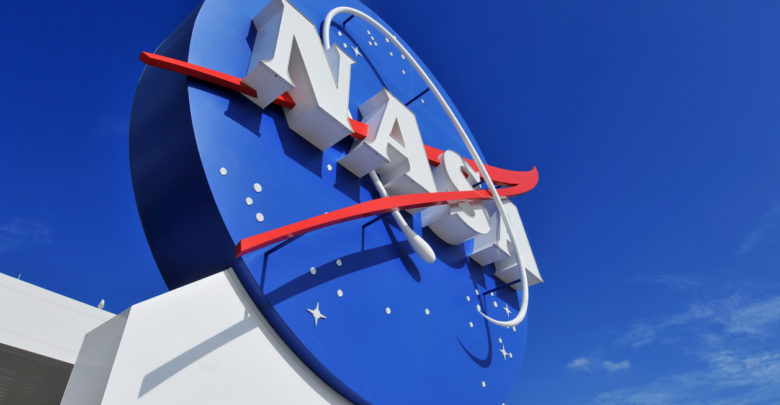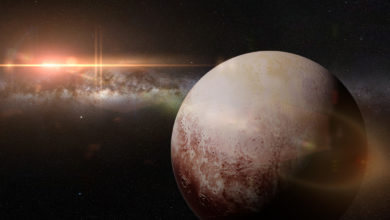Science
NASA’s Parker Solar Probe All Set To Explore The Sun
Parker Solar Probe to launch from Cape Canaveral Air Force Station in Florida

US space agency NASA is all set to create history as its much-awaited Parker Solar Probe is soon going to take the first step towards its epic journey to the Sun’s atmosphere. The $1.5 billion car-sized spacecraft is scheduled to get launched on Saturday, Aug. 11, a United Launch Alliance Delta IV Heavy, touted as one of the most powerful rockets in the world, from the Cape Canaveral Air Force Station in Florida.
According to NASA, the 65-minute launch window will begin at 3:33 a.m. EDT (0733 GMT). The Parker Solar Probe will take a plunge into the sizzling solar atmosphere and come within 3.83 million miles (6.16 million kilometers) from the solar surface, seven times closer than any other spacecraft. The spacecraft is named after Dr. Eugene Parker, who first predicted the existence of solar wind back in 1958.
The close encounter with the sun will be possible only because of the spacecraft’s revolutionary heat shield which is capable of withstanding temperature as high as 1,370 degrees Celsius. The heat shield can reportedly withstand radiation equivalent up to about 500 times the Sun’s radiation here on Earth. The inside of the spacecraft is expected to stay at just 85 F (29 C) even after reaching close to the sun.
The probe’s main aim is to find out everything about the corona, the unusual atmosphere around Sun which is about 300 times hotter than the Sun’s surface. It extends about 5 million miles above the surface.
“We’ll be going where no spacecraft has dared go before – within the corona of a star,” said project scientist Nicky Fox, of the Johns Hopkins Applied Physics Lab. “With each orbit, we’ll be seeing new regions of the sun’s atmosphere and learning things about stellar mechanics that we’ve wanted to explore for decades.”
The US space agency claims that the mission will require 55 times more energy than would be needed to reach Mars. The spacecraft is also carrying names of more than 1.1 million people who signed up to have their names sent to the sun.
NASA TV will broadcast the launch live starting at 3 a.m. EDT (0700 GMT).






